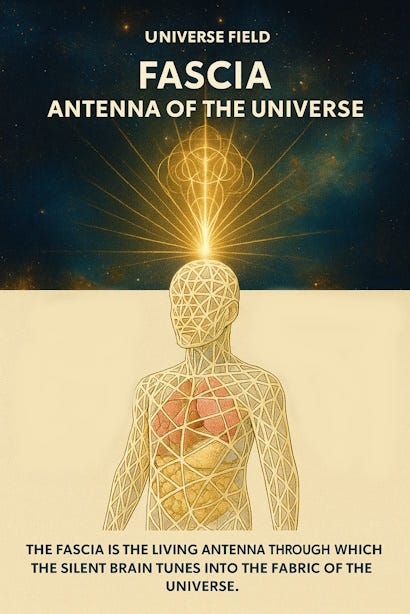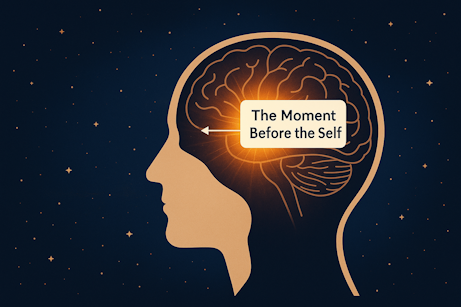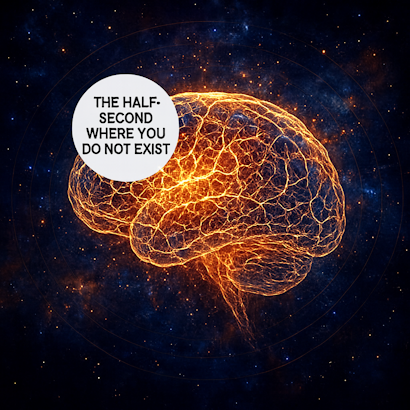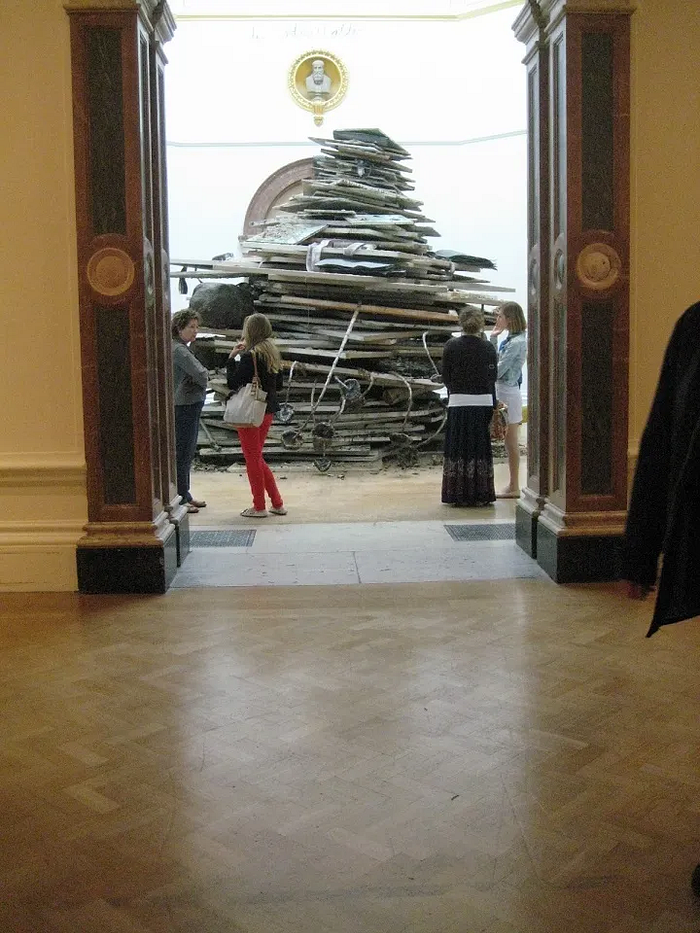How the universe responds the instant you turn toward something.

Before a single thought forms, the body has already turned toward the answer.
There is a moment that comes even before intention, a moment so subtle that most people never notice it. It does not involve thinking or emotion or any deliberate act of the self. It is quieter than the breath, earlier than the first rise of awareness, and yet this moment determines everything that follows. It is the point where the body turns, almost imperceptibly, toward what it seeks. If perception has a before and after, then intention also has a before, and this before is where the universe first begins to respond.
It starts as a shift you do not choose. A soft orientation, like something in you slightly leans, without words, without image, without plan. This leaning is not intention yet; it is the pre-intention, the unspoken invitation. The fascia registers it first — the faintest release, the slightest change in tone, a micro-adjustment that reshapes the internal field. The brain senses this shift through interoceptive channels long before the self becomes aware of having “asked” anything. Something in the organism has already begun to turn.
This is why insight so often arrives before you consciously form a question. The question does not begin in the self. It begins in this silent orientation of the body, the barely detectable movement toward coherence. It is not a decision. It is not a choice. It is the intelligence of the organism recognising a gap and preparing itself to receive what must fill it. The universe does not answer the words you later speak to yourself; it answers the orientation you were already holding.
Once this orientation appears, intention arises naturally. Not the loud kind made of thought, but the gentle kind that shapes the entire fascia–brain network into a single direction. Intention is not a thought but a shift in the fascia–brain network toward one pattern, a silent reorientation that opens the body to receive coherence long before the self arrives. This is why the moment of asking often feels like a soft inner turning, a quiet entry into a doorway that feels both familiar and new. You are not thinking your way toward an answer; you are aligning yourself to meet it.
When the self remains silent, this pre-intentional orientation becomes the primary mode of communication. It is how the organism speaks without language, how it signals readiness without noise, how it becomes receptive without force. The universe does not deliver answers as concepts; it delivers structure, coherence, patterns that fit. Your body feels this alignment long before your mind names it, and awareness rises with the sense that something has come into view fully formed. What you call insight is not the result of analysis but the moment when your silent orientation meets the structure of the world.
This moment before intention is the beginning of the entire process of knowing. It is the first event, the earliest shift, the doorway that opens without you realising you have touched the handle. And once it opens, the rest unfolds naturally: the body leans, intention forms, the fascia receives, awareness rises, and the self wakes up late, trying to narrate what has already entered.
To understand this moment is to understand why forcing answers never works. The self can only generate noise; the body generates direction. The universe responds not to thought but to orientation. What you are facing, even before you know you are facing it, determines the insight that appears. And once you recognise this, intention becomes effortless — because the movement that begins it was already happening inside you.
The moment before intention is the quietest place in the human experience. It is also the most powerful. It is the place where the body turns before the mind knows, where the universe begins to respond before the self has spoken, and where truth starts its journey toward awareness. All you ever needed to do was lean in the right direction — and even that happens before you think you chose it.
What creates this subtle shift before intention is not personal will but the structural intelligence of the universe itself. Every living system, from fascia to galaxies, moves toward coherence whenever noise falls away. This tendency is not mystical; it is built into the architecture of reality. The body recognises incoherence before the mind does, and the fascia–brain network quietly turns toward what would restore order. This pre-intentional orientation is the organism responding to the same coherence-making force that shapes atoms, patterns societies, and guides insight. The universe answers not because it chooses to, but because coherence meets coherence when the self is silent enough to let the pattern complete itself. The shift before intention is simply the first movement of this deeper intelligence — the structural intelligence that acts wherever the self does not.













